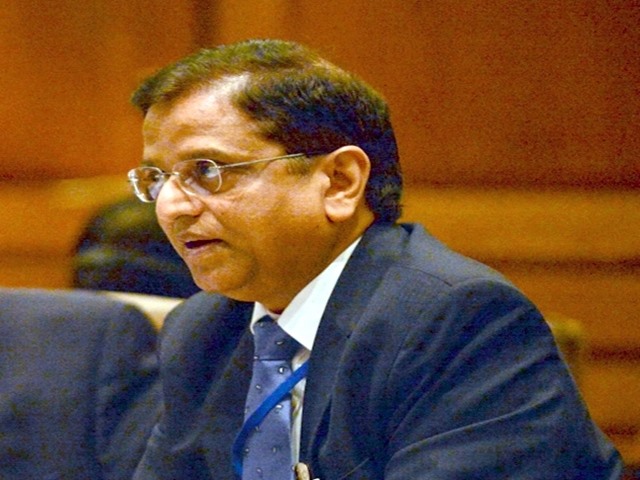Announcing the cut, Economic Affairs Secretary Subhash Chandra Garg said both receipts and expenditures of the government were on track and there was no need to revise the fiscal deficit target of 3.3 per cent for the current financial year.
As per the borrowing programme that will end on March 8, the government will borrow Rs 11,000 crore every week till the beginning of November and Rs 12,000 crore every week thereafter, Garg said.
The Central government uses its benchmark bond scheme, government securities or G-secs, to raise funds from the open markets.
The government had in March expressed its intention to borrow less compared with the budgeted amount while announcing a borrowing of Rs 2.88 lakh in the first half of the fiscal.
“In the first half, our borrowing program was of Rs 2.88 lakh crore… we have decided to reduce the total borrowing requirement by Rs 70,000 crore. So gross borrowing programme for the second half is now only Rs 2.47 lakh crore,” Garg told reporters.
He said the reduction in borrowing will be compensated by a mix of reduction in buyback of bonds and additional inflows from small saving schemes.
Giving the break-up of borrowing through its benchmark bond scheme, Garg said 10 per cent will come from bonds of one- to four-year tenure, 20 per cent from five- to nine- year tenure, 30 per cent from 10- to 14-year tenure, 15 per cent from 15- to 19-year tenure and 25 per cent from bonds of tenure over 20 years.
The government will also introduce inflation indexed bonds in the second half of the fiscal.
Garg said since it was a new instrument, there would be one or two issues in the October-March period.








